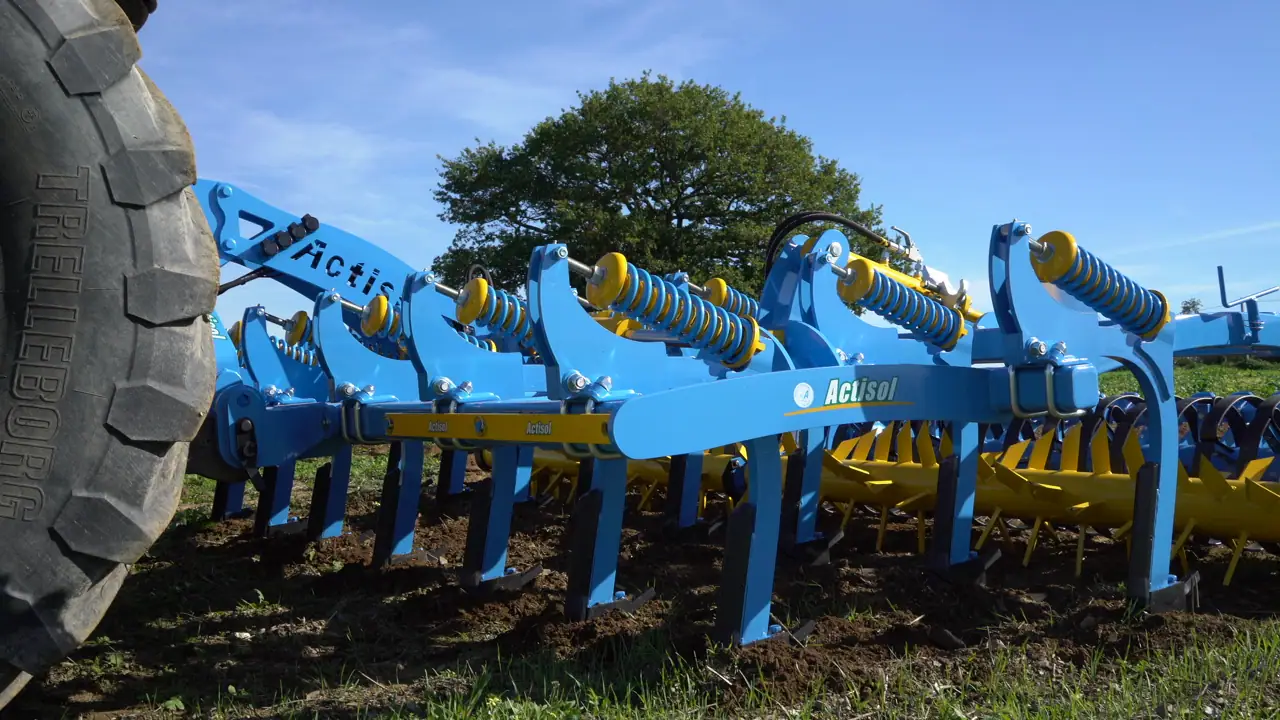How it works ?
A tooth stubble worker is a soil-working tool fitted with blades that buries any straw or stubble still present after harvesting. It prepares the seedbed for the next crop by loosening the soil and levelling the plot. It can also be used for false seeding.
Its job is to uproot the stubble and straw from the freshly harvested crop and place it on the surface of the soil, mixed with soil to a shallow depth. False seeding prevents the future crop from becoming dirty. In fact, the stubble worker will provide weed seeds with ideal germination conditions. As soon as they emerge, a second pass will destroy them once and for all.
Tooth stubble workers often have wide spacing and clearance under the frame to prevent clogging with plant matter. Depending on the model, they are also available with double or triple beams.




